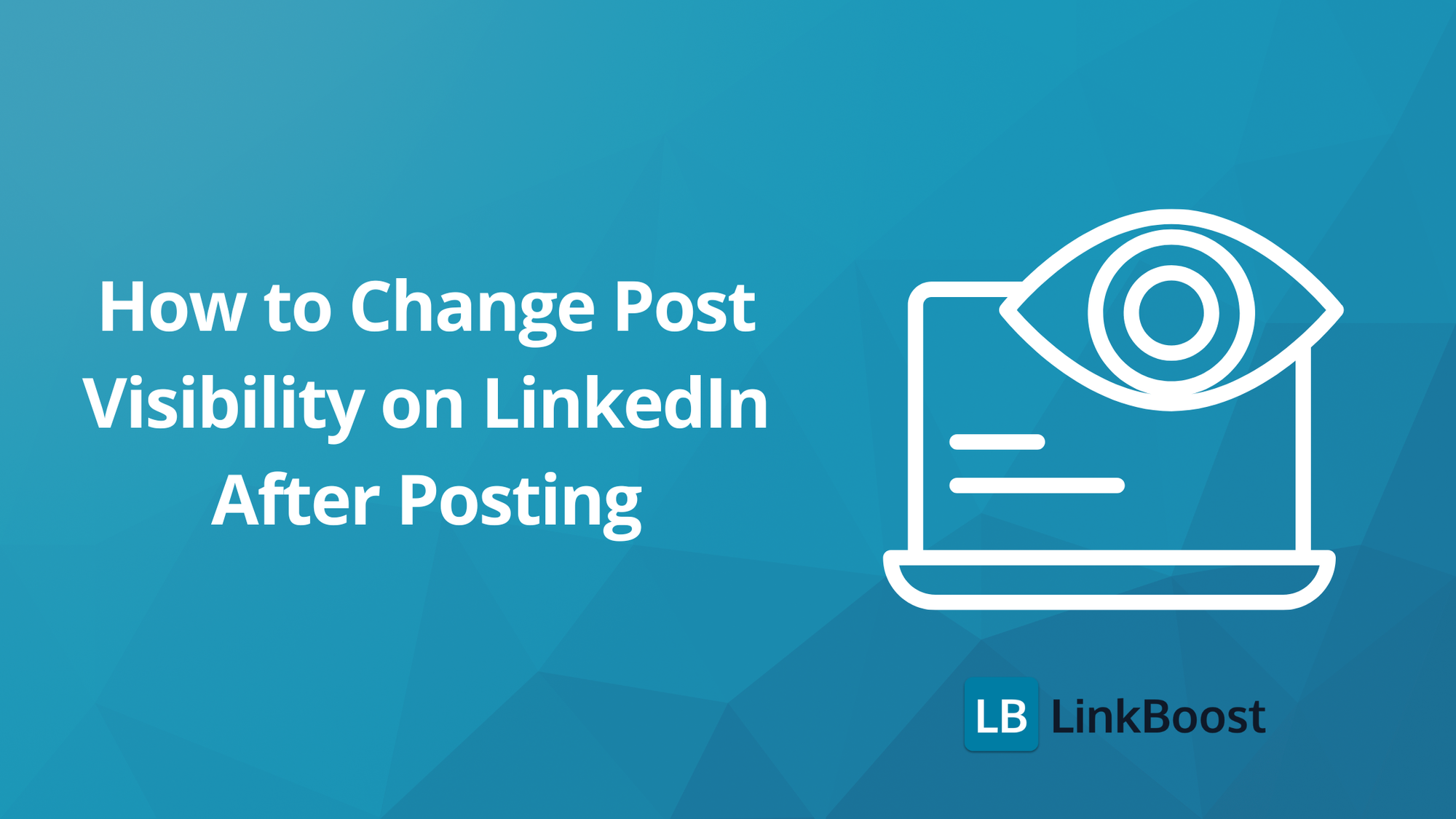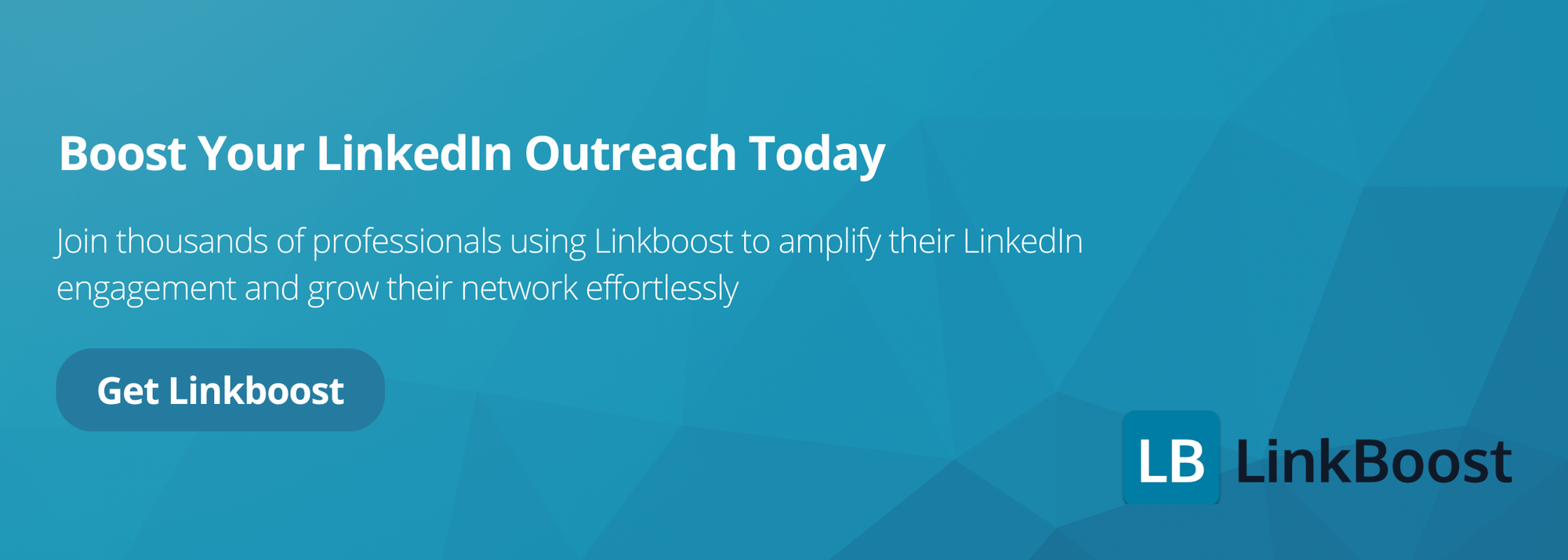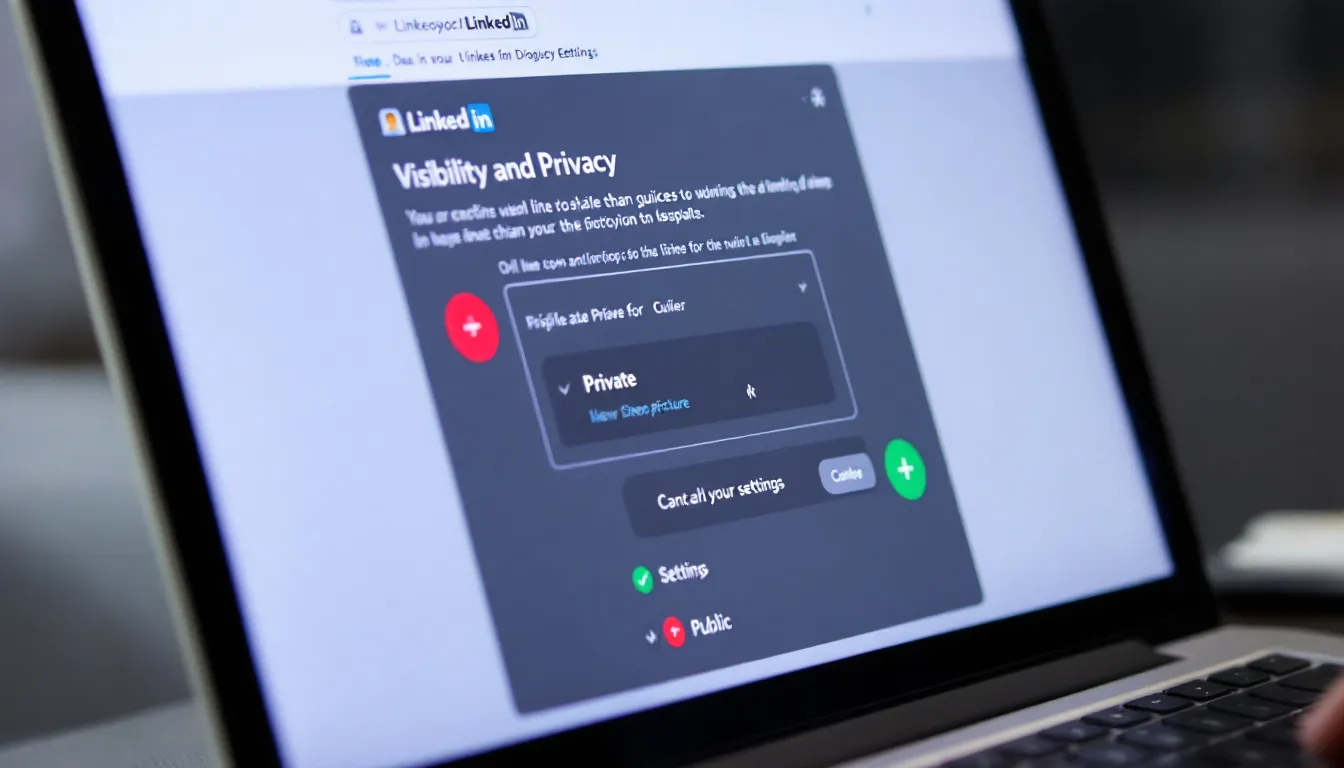Best Practices for How to Change Post Visibility on LinkedIn After Posting

Want to change the visibility of your LinkedIn post after it’s already been published? This guide will walk you through each step on how to change post visibility on LinkedIn after posting, updating who can see your LinkedIn posts, whether you’re on a desktop or mobile device.

Key Takeaways
- Access your LinkedIn posts through the ‘Me’ icon to manage visibility settings easily.
- Change post visibility settings post-publication to adapt to audience needs, with options for ‘Anyone’, ‘Connections Only’, or specific groups.
- Maximize post engagement by selecting the right visibility options and considering timing and content strategy.
Accessing Your LinkedIn Post
Finding your LinkedIn posts is the first step in adjusting their visibility. Begin by clicking the ‘Me’ icon located at the top of your LinkedIn homepage. This icon serves as a gateway to your LinkedIn profile, where all individual posts and activities are stored. Navigating these sections effectively manages your post visibility on your LinkedIn page.
Once you’ve accessed your profile, scroll down to the ‘Activity’ section. Here, you’ll find a comprehensive list of your recent activities, including posts, comments, and reactions. For a more detailed view, simply click on ‘Show all posts.’ This will allow you to locate older posts and manage their visibility settings seamlessly.
Finding the Post
To see your recent activity, navigate to your profile and scroll down to the Activity section. This section is your gateway to managing your LinkedIn posts and ensuring they reach the right audience. By selecting ‘View Profile’ after clicking the ‘Me’ icon, you can easily view your recent posts.
On a mobile device, the process is equally straightforward. Log into LinkedIn, navigate to the ‘Activity’ section, and click on ‘Show all posts’ to view your content. This allows you to manage post visibility settings whether on the go or at your desk.
Using the Me Icon
The ‘Me’ icon, located in the top right corner of your LinkedIn homepage, is an invaluable tool for accessing your profile quickly. Clicking this icon takes users directly to their profile to manage and view posts and activities. This icon acts as a central hub for all your LinkedIn activities.
Accessing your profile through the ‘Me’ icon allows easy management of your posts and other sites. This streamlined process reduces time spent searching for content, allowing more time for engagement.
Changing Post Visibility Settings
You can change LinkedIn post visibility settings even after publishing them. This flexibility allows you to adapt your content’s reach based on evolving needs and audience feedback. Whether you want to increase visibility or restrict it, LinkedIn provides a range of options to suit your preferences.
From the visibility settings, you can determine who sees your posts – anyone, only your connections, or specific groups. You can also control who can comment on your posts, ensuring your content remains relevant and engaging to your chosen audience. Such control is vital for managing your professional online presence.
Opening Post Options
To adjust the visibility of your LinkedIn posts, start by accessing the post options menu. Look for the ellipsis (three dots) icon located in the upper right corner of the post. Clicking this icon opens the options menu, offering tools to manage post visibility.
This menu manages your content’s engagement and reach. From here, you can choose different options to modify your post settings, ensuring that your content reaches the intended audience in the main feed. This step can greatly influence how your posts are received and engaged with.
Selecting New Visibility Settings
Once you’ve accessed the post options, selecting new visibility settings is straightforward. LinkedIn allows you to choose from the following options: visibility options like ‘Anyone’, ‘Connections Only’, or specific groups. This allows you to tailor your post’s reach based on the audience and content nature.
Selecting the right visibility setting greatly impacts post engagement. For instance, setting your post visibility to ‘Anyone’ can significantly increase its reach and audience engagement. Conversely, restricting visibility to specific groups ensures that your content remains relevant to a targeted audience.
Understanding Visibility Options
Understanding LinkedIn visibility settings maximizes your post’s impact. LinkedIn offers three main visibility options: ‘Anyone’, ‘Connections Only’, and ‘Group’. Each of these options serves a different purpose and can significantly affect how your posts are received.
The right visibility setting determines who can see your posts and influences engagement levels. For example, posts set to ‘Anyone’ can attract a wider range of reactions compared to those limited to ‘Connections Only’.
Anyone
The ‘Anyone’ visibility setting is ideal for maximizing impressions on your LinkedIn posts. This setting makes your post visible to all LinkedIn users, even those outside your network or not logged in. By choosing this option, you can significantly increase the reach of your posts.
The ‘Anyone’ setting broadens your audience, attracting professionals outside your direct connections. This is useful for articles and posts intended for a larger community, including potential clients and collaborators.
Connections Only
The ‘Connections Only’ setting restricts the visibility of your posts to just your first-degree connections. This means that only those who you are directly connected with can see and interact with your content. This ensures your posts are shared within a trusted network.
By using ‘Connections Only’, you can foster more intimate and meaningful conversations within your network. This is ideal for sharing personal insights and updates that are valuable to your direct connections.
Group
The ‘Group’ visibility setting confines your post’s visibility to members of specific LinkedIn groups. This option engages a targeted audience with common interests or professional backgrounds. Limiting visibility to group members encourages focused discussions and interactions.
The ‘Group’ setting tailors your content to a specific audience, enhancing engagement and relevance. This setting is ideal for posts that are highly specialized or relevant to a particular professional community.
Managing Comments and Reactions
Managing comments and reactions on LinkedIn posts maintains a positive and productive engagement environment. LinkedIn allows users to control who can comment on their posts by selecting audience restrictions in the comment settings. This fosters constructive dialogue and limits unwanted interactions.
Additionally, you can disable comments entirely, either before or after posting, without affecting existing comments. This control allows management of post engagement according to preferences and content nature.
Restricting Comments
Effective comment management enhances engagement quality and limits unwanted interactions. Accessing post settings allows you to restrict comments to connections or specific individuals. This ensures that only relevant and constructive feedback is shared on your posts.
For stricter control, disable comments entirely via the post options menu. This feature maintains complete control over post interactions, ensuring positive engagement.
Controlling Reactions
On LinkedIn, you can control who can react to your posts by managing the visibility settings. Restricting comments or disabling them controls who can react to your posts. This ensures appropriate engagement with your content.
Chosen visibility settings directly impact the types and number of reactions received. It’s essential to consider overall privacy and how it relates to reactions on your posts when adjusting these settings.
Tips for Maximizing Post Engagement
Maximizing LinkedIn post engagement involves more than adjusting visibility settings. The content and timing of your posts play a significant role in how well they perform. The ‘Anyone’ setting promotes high engagement by extending visibility beyond connections. Using a direct call to action significantly enhances audience interaction.
Consider your audience when adjusting visibility settings to maximize engagement and protect personal data. Tailoring content and posting strategy to audience preferences ensures your posts receive deserved attention.
Timing Your Posts
Timing LinkedIn posts maximizes visibility and engagement. The optimal window for posting is from 10 AM to 12 PM on Tuesdays, Wednesdays, and Thursdays. Midweek posts tend to yield the highest engagement rates.
Posts made on Mondays at 9 AM, 2 PM, and 4 PM can also attract attention as users settle into their workweek. Fridays are best for LinkedIn posts at 8 AM, 1 PM, and 3 PM, as users reflect on the week and plan their weekends. The posts that are posted during these times tend to perform better.
Aligning your posting schedule with peak times increases post visibility.
Engaging Content
Creating engaging content boosts LinkedIn interaction. Using polls and interactive content can significantly enhance audience interaction. Incorporating questions stimulates conversation and boosts audience engagement.
Posts that include personal stories tend to create a deeper connection and encourage more interactions. Using visuals like images or videos enhances the attractiveness and shareability of your posts. Content that resonates with your audience boosts LinkedIn interaction.
Privacy Considerations

Privacy is a major concern when managing LinkedIn post visibility. To access Settings & Privacy, click on your picture icon in the top right corner and select Settings & Privacy. Adjusting visibility settings before updates ensures the right audience sees your content. This approach maintains privacy while sharing valuable content.
LinkedIn offers features to adjust visibility settings, allowing you to manage who can see your posts and updates. Reflecting privacy preferences in visibility settings maintains control over your professional online presence.
Protecting Sensitive Information
Your public profile on LinkedIn is visible to everyone, including non-logged-in users. If you’ve turned off public profile visibility, your profile may not show on your Activity page. Adjusting settings for visibility can control who can see your email address and other personal information on LinkedIn.
Controlling profile visibility maintains LinkedIn privacy. Carefully managing settings ensures sensitive information is protected and shared only with the intended audience.
Balancing Visibility and Privacy
Balancing visibility and privacy is essential for LinkedIn users. Privacy preferences significantly impact how users choose to configure their visibility settings. The setting for who can see members you follow reflects personal preference for privacy.
Carefully adjusting post visibility settings increases content reach while protecting personal information. This balance ensures your LinkedIn professional presence is impactful and secure.
Summary
Understanding and managing post visibility on LinkedIn is essential for maximizing engagement and maintaining privacy. By accessing your posts, adjusting visibility settings, and managing comments and reactions, you can ensure your content reaches the right audience. Additionally, timing your posts and creating engaging content can significantly enhance your LinkedIn presence.
Balancing visibility and privacy is crucial for maintaining a professional yet secure online presence. By following these best practices, you can effectively manage your LinkedIn posts and achieve your engagement goals.
Frequently Asked Questions
How can I find my LinkedIn posts?
You can easily find your LinkedIn posts by going to your profile, scrolling to the Activity section, and clicking on "Show all posts." This will display all your shared content in one place.
Can I change the visibility of a LinkedIn post after posting?
Yes, you can change the visibility of a LinkedIn post after it has been published. Simply edit the post and adjust the visibility settings as needed.
What are the different visibility options on LinkedIn?
LinkedIn provides three visibility options: 'Anyone', 'Connections Only', and 'Group'. Choose the setting that best aligns with your networking and privacy preferences.
How can I restrict comments on my LinkedIn posts?
You can restrict comments on your LinkedIn posts by accessing the post options menu, where you can adjust the comment settings to limit comments to certain audiences or disable them completely. Take control of your engagement preferences for a more tailored conversation.
What are the best times to post on LinkedIn for maximum engagement?
For maximum engagement on LinkedIn, post between 10 AM and 12 PM on Tuesdays, Wednesdays, and Thursdays. Additionally, consider specific peak times on Mondays and Fridays for optimal reach.

